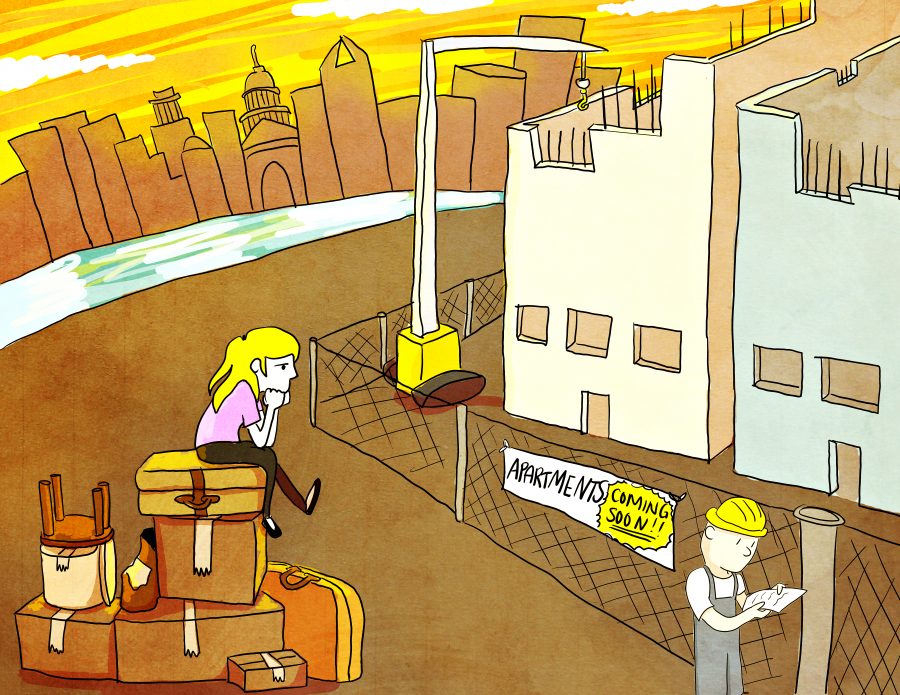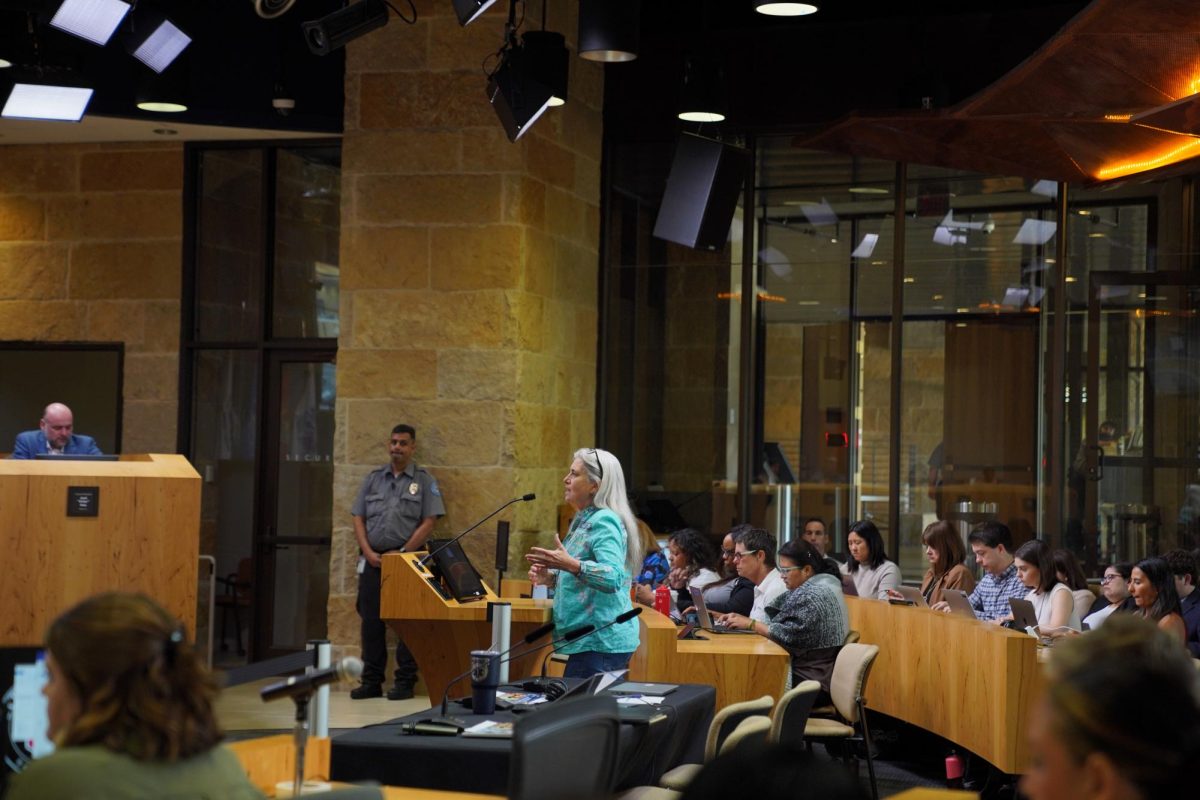As the “stealth dorms” ordinance goes into effect Monday, potentially decreasing housing density in some areas, city council members consider ways to address affordability issues in Austin.
The ordinance reduces the allowed number of unrelated adults who live together in a house or duplex from six to four, which may put further pressure on already increasing demand for housing in Austin. One way the city aims to address Austin’s housing affordability issue is through CodeNEXT, a plan which will revise Austin’s land development code by approximately 2017.
According to council member Chris Riley, the council and stakeholders should not assume CodeNEXT will solve the underlying issue of housing affordability in Austin.
“[We are] trying to figure out ways to have new housing types across the city to meet the demands of a very diverse and growing population within the central city,” Riley said during the second and third readings of the occupancy limit. “This resolution does not fix that problem in any real way.”
Heidi Gerbracht, council member Bill Spelman’s policy director, said there is an important distinction between increasing affordability for low-income residents, whose rent exceeds a certain percentage of their income, and the issue of increasing demand for Austin housing stock, which affects residents who may not be low-income.
According to Gerbracht, the city’s occupancy rate is currently above 95 percent, which means Austin has few empty units available for rent to meet very high demand for housing, and the few places which are available are expensive.
“Basically, we’re going to have to find new places to put people,” Gerbracht said. “Not for those with the least in our community [but] from above those income-qualified units. I hear from people every day who are having trouble affording housing.”
Michael McGill, Mayor Pro Tem Sheryl Cole’s policy director, said the city is considering the development of micro units, which are very small apartments of approximately 350-500 square feet. The city will determine which, if any, impediments there are to building this kind of housing, McGill said.
“There are people who don’t necessarily need 1,000-square-foot apartments,” McGill said. “Those who live close to transit don’t necessarily have a car. They spend a lot of time out. Instead of having a party at their house, they’d have it at a restaurant.”
McGill said, although the units are more expensive per square foot, partly due to the increasing cost of building bathroom and kitchen spaces, micro units are less expensive overall. According to McGill, other cities, including Portland, Ore., and Seattle, have had success in allowing the development of micro units.
“It’s just a changing generational shift in housing,” McGill said. “There are people who are interested in that type of housing, and [it’s] not being delivered in the market right now.”
According to Gerbracht, general affordability issues may be addressed more in-depth as the city begins their budget process in April and as the city elects district council members in November. Gerbracht said she expects candidates for district council will propose ideas for how to increase affordability in Austin.
“I hope we will see [an increase] of students involved in local politics and policies, particularly with the transition to a district council,” Gerbracht said. “Students at any university in Austin could really turn out and change the course of elections.”





















